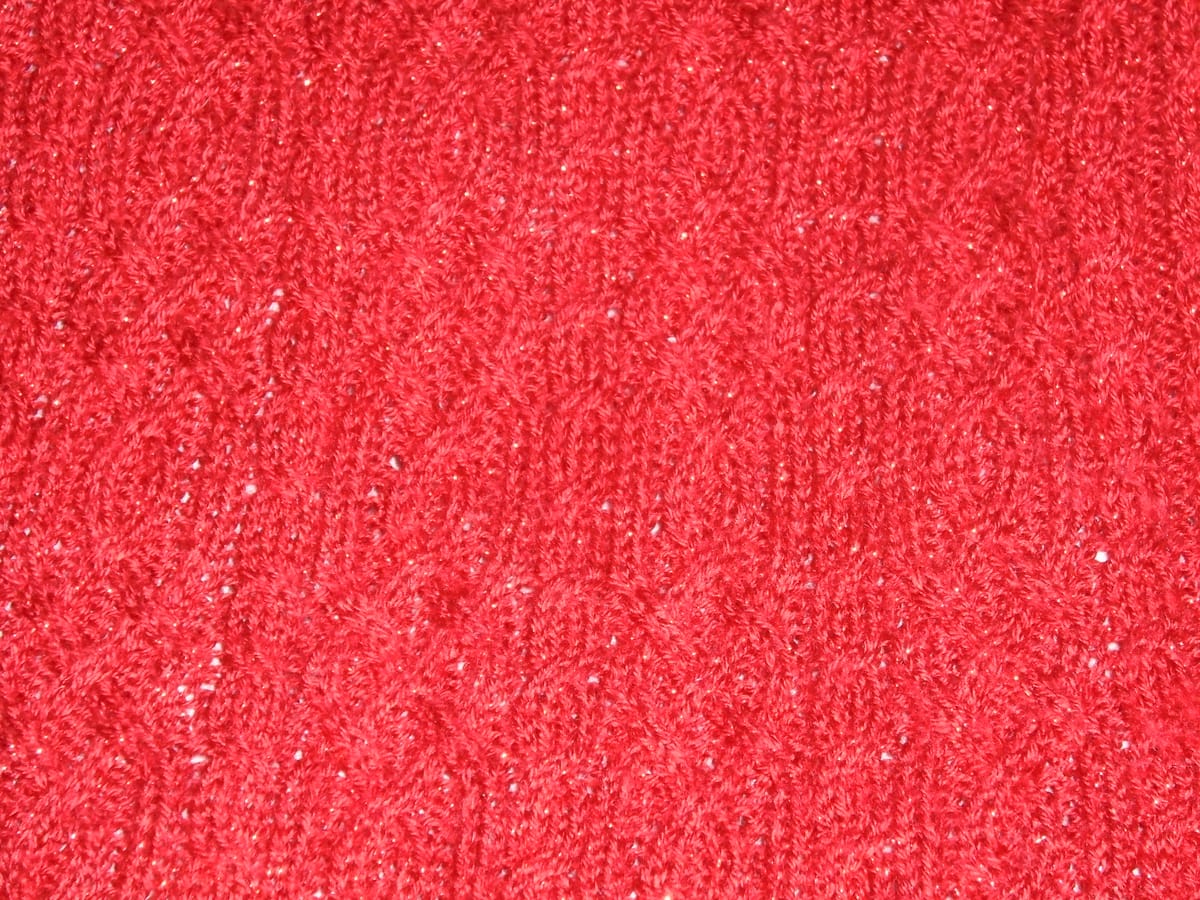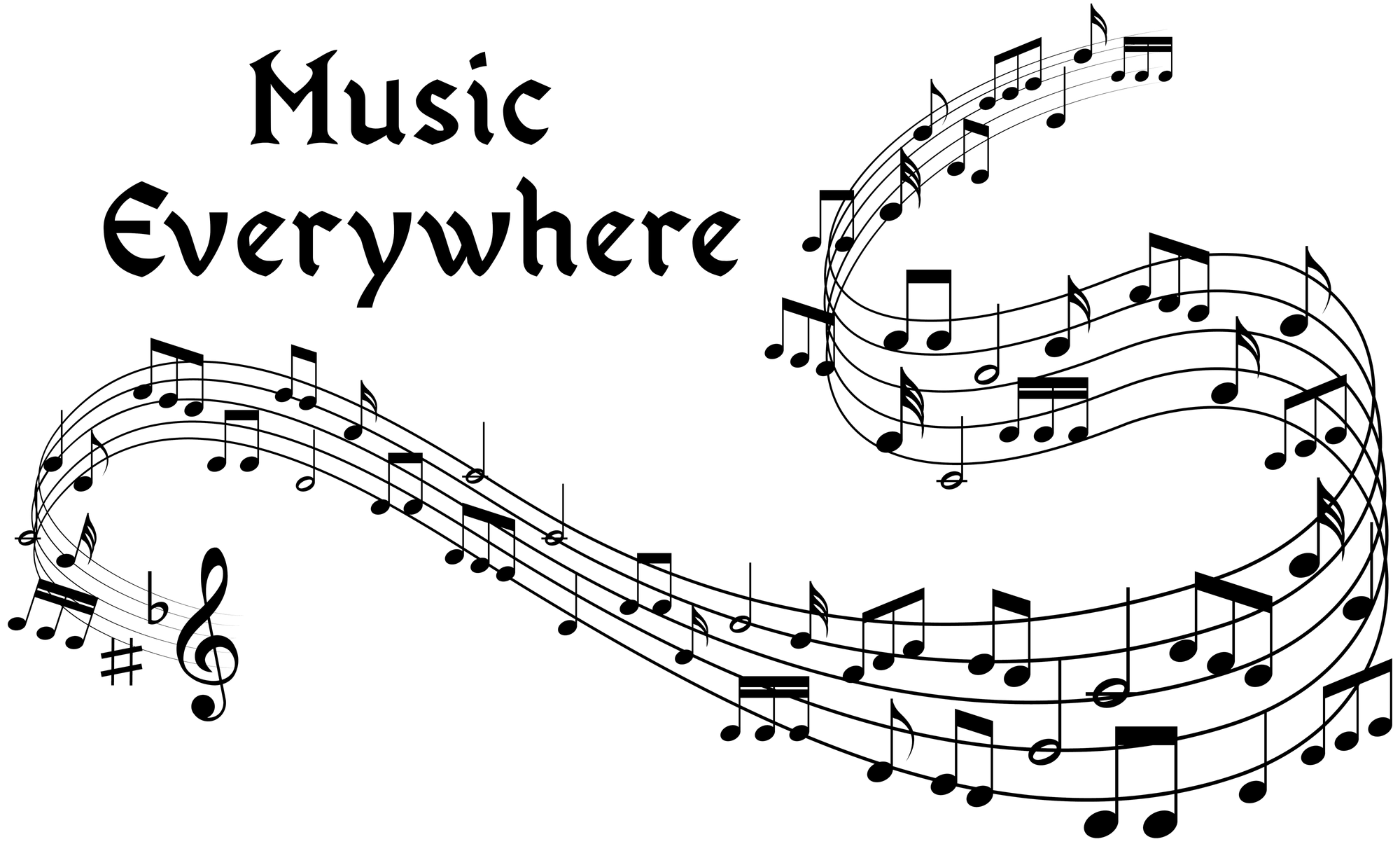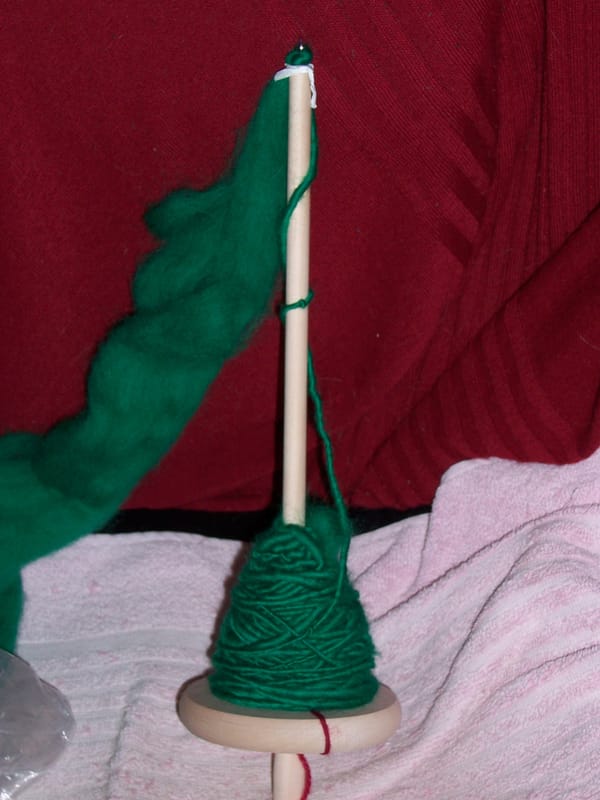Absolute Bliss

You may already have noticed I like knitting cables. In fact, I don't knit anything other than cables (there is one person in the world for whom I would be prepared to knit Fair Isle... but only one). And I don't know how many times I've had someone come up to me, ask if I knitted that, and then be agog with admiration because "it looks so complicated".
And I always tell them the secret. It isn't.
Knitting does require concentration, but basically it is ridiculously easy, because there are only two stitches, and even those are just mirror forms of each other. You have knit stitches and purl stitches. That is literally all. If you can do those two simple stitches, you can knit anything. Promise.
"But," says my non-knitting friend, "the cables..."
Ah yes. The cables. I got very frustrated when I was a child because nobody would teach me how to do those. (In fact, even earlier than that, I got very frustrated because my mother, who was a competent knitter but never tried cabling, wouldn't teach me to knit; but, fortunately, there was a lovely lady called Mrs Langhorne, who was actually the school secretary, but those were the days when school admin was not nearly so complex and byzantine as it is now. So Mrs Langhorne taught both knitting and crochet to anyone who was interested. I did learn to crochet, but I didn't take it very far, since I much preferred knitting; it seemed a lot more versatile.) In the end I managed to get hold of the information and teach myself, at which point I thought "is that really all it is?"
Because all you are actually doing with a cable is swapping the order of some stitches. You put the stitch(es) you want to transpose onto the cable needle, you hold it either at the back or the front of the work depending on which way you want the cable to twist (this can be mildly confusing at first, but which way to do it soon becomes instinctive), you work the next stitch(es), and then you work whatever you've got on the cable needle. (If it's just one stitch, I usually slip it back onto the left-hand needle before working it so it doesn't twist, but that's a matter of personal preference.)
Anyway, the pattern shown here is this one, by Debbie Bliss, who really knows how to do a good cable design. I took one look at this and thought "I want one. No, actually, scratch that - I want two." And, though it isn't obvious from the photo, the first one is worked in King Cole Glitz DK (the colour is Flame; I wanted the Merlot but it wasn't in stock, and it's probably just as well, because the Flame turned out to be an unexpectedly good match for my hat and scarf). I like the touch of sparkle; it's not overdone, though I need to be careful not to wear the jacket with a green top or I shall look like a giant Christmas ornament. 😁 The second one is going to be green, and it will be in a Stylecraft DK yarn. I haven't started that one yet.
There are several things that are really nice about this pattern, the first one being it's pretty size-inclusive. It will fit up to size Athos. You know I said d'Artagnan is not a big chap? Athos... really is. In fact, he needs a special bariatric wheelchair. Not that I'd be knitting him a rather feminine jacket, but it's still good to know that patterns come in his size, because of course there are plenty of other people who are that size.
Another thing I like is the symmetry. I knit a lot of baby jumpers (you'll probably be seeing some of those in due course), and I routinely tweak the patterns for symmetry. It's fine if it's something like a cricket sweater and there are just rope cables; there's no problem with those twisting the same way all the way round. But if the rope cables are just filling space between more complex panels and the design is otherwise symmetrical, then I want the rope cables to be mirroring one another so that the whole thing is actually symmetrical and not just nearly so. It's a simple enough tweak, but one I didn't have to do on this pattern because the rope cables already twist one way on one side and the other way on the other.
The thing that really blew my mind, however, was the sleeve top shaping. Anyone here who's done any significant amount of knitting will know that, for something like a sleeve top, the pattern normally specifies casting off a certain number of stitches at the beginning of each row for a number of rows, so you get a stepped effect. I have never liked this stepped effect; I always want to smooth out the edge (I'm quite a fan of garments looking as neat as possible even on the inside). Well, Debbie Bliss has solved that one, and it turned out to be so simple that my first reaction was "why didn't I think of that?", followed immediately by "why didn't anyone else think of that?". What she does is this. Instead of casting off n stitches at the beginning of each row, what you do is to cast off n - 1 stitches at the beginning and then decrease one stitch at the end. It's amazing how much this smooths out the dreaded steps. I'm now doing this on every pattern I meet that requires this kind of shaping.
And finally, this jacket has quite a wide facing, knitted in as you go rather than being a separate piece, which goes up the front edges and inside the collar; so you get a nice warm substantial collar, and the front edges don't roll. It's a magnificent design. In fact, come to think of it, maybe a third one would be in order... 😃




